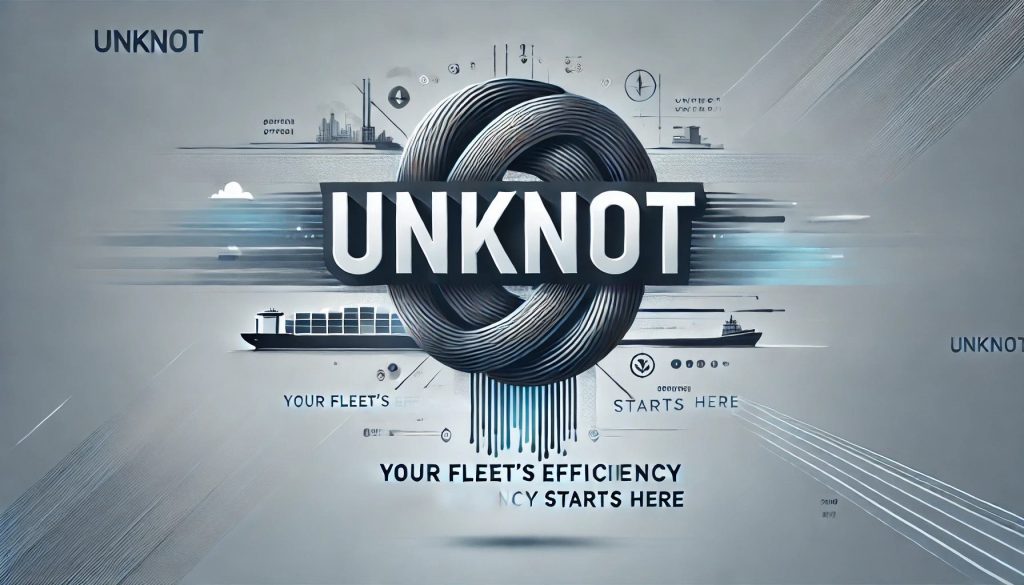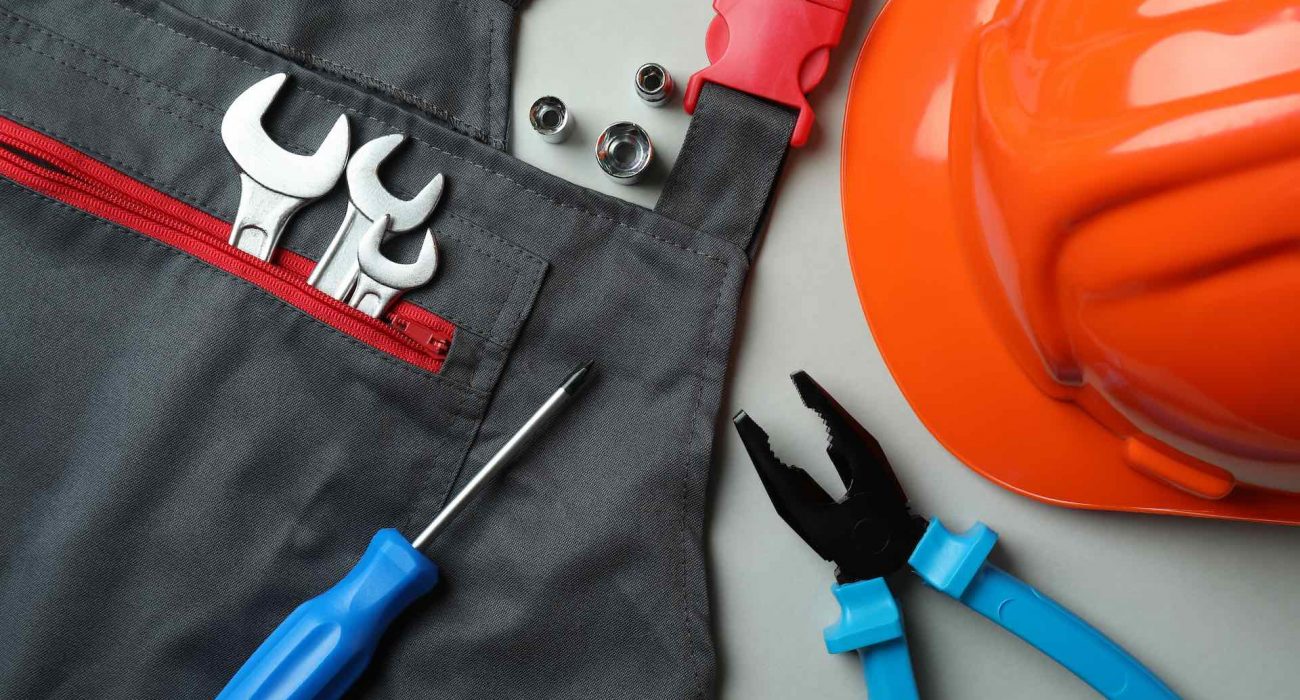Implementing Predictive Maintenance to Minimize Downtime in Shipping
In the shipping industry, downtime can result in significant losses, both in terms of revenue and reputation. Unexpected equipment failures and unscheduled maintenance can halt operations, disrupt schedules, and incur high repair costs. As shipping companies seek to optimize their operations and reduce costs, predictive maintenance has emerged as a powerful solution. By leveraging technology and data analytics, predictive maintenance allows companies to anticipate and address equipment issues before they lead to costly breakdowns. In this blog, we explore how predictive maintenance can minimize downtime and how UnKnott, an advanced vessel management platform, supports this strategy to ensure smooth and efficient operations
What is Predictive Maintenance?
Predictive maintenance is a proactive maintenance strategy that uses data-driven insights and advanced technologies to predict when equipment will fail or require maintenance. Unlike traditional maintenance methods, which rely on scheduled or reactive repairs, predictive maintenance helps identify issues before they become critical, enabling shipping companies to take timely action and avoid unplanned downtime.
- Data-Driven Insights: Predictive maintenance relies on collecting and analyzing data from sensors embedded in various ship systems, such as engines, propulsion, and electrical systems. This data is processed to detect any anomalies that could indicate a potential failure.
- Advanced Technologies: Technologies like machine learning, artificial intelligence (AI), and Internet of Things (IoT) are central to predictive maintenance. These technologies help process vast amounts of data and generate actionable insights that can improve vessel performance.
By predicting when and where failures may occur, companies can schedule maintenance tasks in advance, optimize repair schedules, and ensure that vessels remain operational for longer periods.
How Predictive Maintenance Helps Minimize Downtime?
Minimizing downtime is one of the primary goals of predictive maintenance, and there are several ways it achieves this:
- Identifying Issues Early: Predictive maintenance tools analyze real-time data from sensors installed on the ship’s critical systems. By identifying trends and early warning signs, such as vibration changes or temperature spikes, maintenance teams can act before a failure occurs.
- Avoiding Emergency Repairs: Unplanned breakdowns often lead to emergency repairs that are costly and disruptive. Predictive maintenance allows operators to plan maintenance during scheduled stops or off-peak times, avoiding emergency repairs that could cause long delays.
- Reducing Spare Parts Costs: Predictive maintenance helps companies order the necessary spare parts in advance, reducing the need for emergency orders at higher costs. It also helps optimize inventory levels, ensuring that parts are available when needed without overstocking.
- Optimizing Maintenance Schedules: Instead of adhering to a rigid maintenance schedule, predictive maintenance enables companies to plan repairs based on actual system performance, optimizing the use of resources and reducing unnecessary maintenance tasks.
By integrating predictive maintenance into their operations, shipping companies can significantly reduce unexpected downtime, extend the life of their assets, and avoid the high costs associated with emergency repairs.

Role of UNKNOT TM in Predictive Maintenance
UNKNOT TM, a powerful vessel management platform, supports shipping companies in implementing predictive maintenance by providing a comprehensive suite of tools for monitoring, analyzing, and managing vessel health. Here’s how UNKNOT TM plays a key role:
- Real-Time Monitoring: UNKNOT TM integrates IoT sensors and data analytics into its platform, allowing operators to monitor the health of critical systems in real time. Whether it’s engine performance, fuel efficiency, or machinery status, UNKNOT TM provides a centralized dashboard to track the performance and identify any anomalies that could indicate potential issues.
- Data Analytics and Reporting: The platform analyzes sensor data and provides actionable insights on vessel performance. This helps maintenance teams identify patterns and predict when a system is likely to fail or require servicing. Reports generated by UNKNOT TM offer detailed diagnostics and allow fleet managers to prioritize maintenance tasks based on real-time data.
- Maintenance Scheduling: UNKNOT TM helps operators schedule maintenance efficiently by aligning predictive insights with operational schedules. This means that maintenance can be planned during dockings or off-peak periods, ensuring minimal disruption to operations.
- Historical Data for Future Predictions: UNKNOT TM stores historical data from past voyages and maintenance records, helping to refine predictive models for better accuracy. The more data the system collects, the better it becomes at forecasting potential issues.
- Supply Chain and Spare Parts Integration: Predictive maintenance doesn’t just involve vessel monitoring—it also includes managing spare parts. UNKNOT TM integrates with inventory systems, allowing companies to track spare parts and ensure that critical components are available when needed. This reduces delays caused by waiting for parts and optimizes inventory management.
By leveraging the capabilities of UNKNOT TM, shipping companies can enhance their predictive maintenance strategy and further reduce the risk of downtime.
Key Technologies Behind Predictive Maintenance
Predictive maintenance relies on several key technologies that help shipping companies make data-driven decisions. These technologies include:
- Internet of Things (IoT): IoT devices on vessels collect real-time data from various equipment and machinery. These devices can monitor parameters like temperature, pressure, and vibration levels, sending data to the cloud for analysis.
- Artificial Intelligence and Machine Learning: AI and machine learning algorithms process vast amounts of data and identify patterns that indicate when equipment is likely to fail. These algorithms can continuously learn and improve, making predictions more accurate over time.
- Cloud Computing: Cloud platforms store and process the data collected from vessels, allowing fleet managers to access insights from anywhere. Cloud computing enables the seamless integration of predictive maintenance systems across multiple vessels in a fleet.
- Big Data Analytics: Shipping companies generate enormous amounts of data through sensors, systems, and operational activities. Big data analytics tools process this data to uncover trends, potential risks, and maintenance needs
Benefits of Predictive Maintenance for Shipping Companies
Adopting predictive maintenance has several clear benefits for shipping companies:
- Reduced Operational Costs: By minimizing downtime and emergency repairs, predictive maintenance helps shipping companies save on operational costs, repair bills, and unnecessary maintenance procedures.
- Improved Asset Utilization: Vessels spend less time in dry dock for repairs, which means they can operate more frequently and efficiently, boosting overall fleet productivity.
- Enhanced Safety: Predictive maintenance helps identify issues before they cause accidents or equipment failures, improving safety standards onboard and reducing the risk of accidents.
- Sustainability: By optimizing maintenance practices and extending the lifespan of vessels, predictive maintenance contributes to more sustainable operations by reducing the need for new equipment and reducing emissions related to inefficient equipment
Predictive maintenance is revolutionizing the shipping industry by helping companies reduce downtime, optimize maintenance schedules, and minimize operational costs. By adopting this data-driven approach, shipping companies can ensure that their vessels operate efficiently and stay on course to meet both financial and environmental goals. Platforms like UNKNOT TM are making it easier than ever to implement predictive maintenance, providing real-time data, advanced analytics, and seamless integration with fleet management systems.
By incorporating predictive maintenance into their operations, shipping companies can unlock the full potential of their fleets, enhance operational efficiency, and stay ahead of the competition in an increasingly demanding industry.

